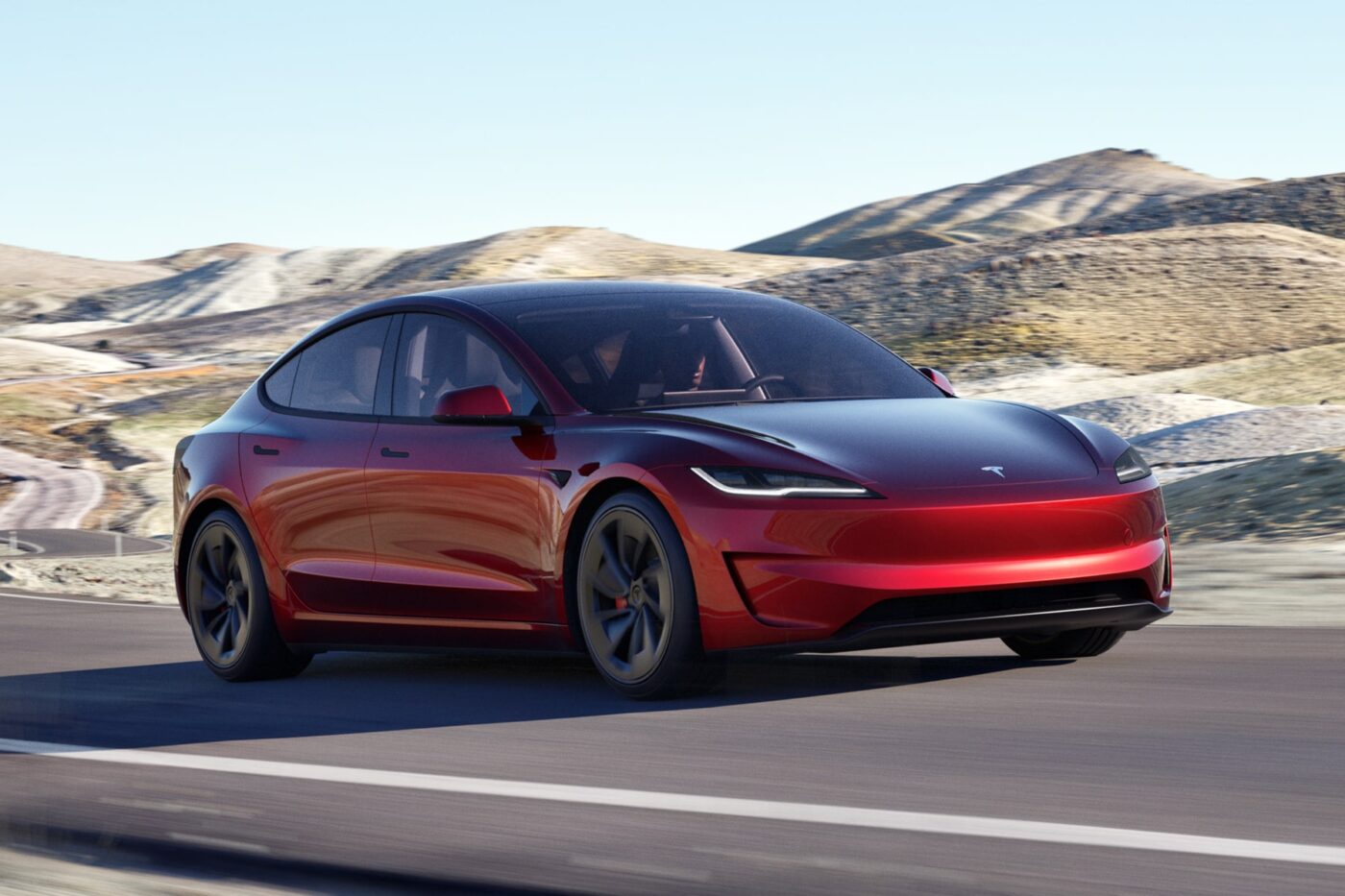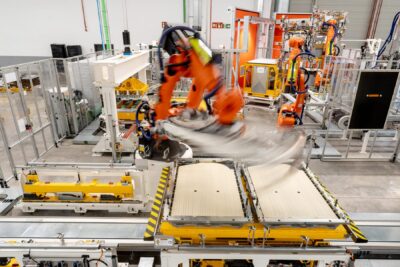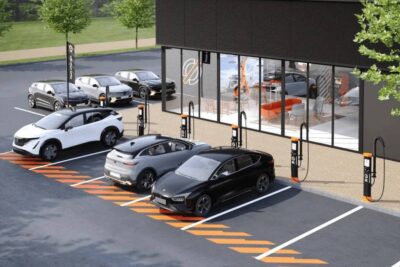EU Commission slightly lowers tariffs for EVs from China
The new draft is intended to reflect “the comments received from interested parties on the provisional countervailing duties published on 4 July 2024, as well as the conclusion of a number of investigative steps” that had not yet been completed at the provisional stage, according to the Commission. Further changes are possible: “Once the Commission has analyzed all comments from interested parties and the Member States have submitted their comments, the final decision will be published in the Official Journal of the European Union.” This means that it has not yet been finally decided whether the special tariffs will actually be introduced – more on this later.
The most important changes include a “slight” adjustment of the proposed duty rates “based on substantiated comments on the provisional measures received from interested parties”, according to the EU. “These revisions demonstrate that the Commission fully complies with all relevant rules and obligations and bases its findings strictly on facts and evidence.” The most important adjustments at a glance:
| Manufacturer | old | new | Total import duty |
|---|---|---|---|
| BYD | 17.4 % | 17.0 % | 27.0 % |
| Geely | 19.9 % | 19.3 % | 29.3 % |
| SAIC | 37.6 % | 36.3 % | 46.3 % |
| Tesla | – | 9.0 % | 19.0 % |
| Cooperating firms | 20.8 % | 21.3 % | 31.3 % |
| Other | 37.6 % | 36.3 % | 46.3 % |
Another new feature is that Tesla will be granted an individual customs duty rate. This is a nine per cent special duty, which is levied in addition to the ten per cent import duty that applies anyway – in the case of Tesla, this means a 19 per cent import duty when an electric car built in China is imported into the EU. Currently, all Model 3s sold in Europe come from Giga Shanghai.
Tesla had filed a request for an individual investigation after the imposition of provisional measures. “The Commission verified the information during the verification visit to China and carried out the same checks as for the other Chinese exporting producers included in the sample,” the EU said, explaining the reason for the Tesla duty rate now imposed. “Any differences in the duty rates reflect the different levels of subsidization in the different schemes, which were influenced by various factors such as the level of cooperation and the different organizational structures in areas such as financing.”
There is also a new regulation with a view to the future: Chinese car manufacturers and joint ventures with EU manufacturers that have not yet exported to the EU at the time of the investigation period (and therefore no individual duty rates could be determined in the investigation) are to be classified as “cooperating companies”. This would mean that a special duty of 21.3 per cent (or 31.3 per cent import duty) would be payable if they wanted to expand into the EU at a later date. Incidentally, this is the only duty rate that has risen slightly compared to the July version.
The special duties are not to be levied retroactively. According to the EU, the results of the ongoing investigations have shown that the legal requirements for the retroactive imposition of duties are not met. “Accordingly, neither the provisional countervailing duties nor the duties on registered imports for the three-month period preceding the imposition of provisional duties will be collected retroactively,” reads an explanatory Q&A from the Commission.
Further comments and consultations are possible on the basis of the new draft. The EU Commission will then submit a final decision to the EU countries for approval. Definitive measures must be introduced no later than four months after the imposition of provisional duties – so the vote must also have taken place by then. If they are adopted, the special duties would apply for five years.
ec.europa.eu (announcement), ec.europa.eu (Q&A)





2 Comments